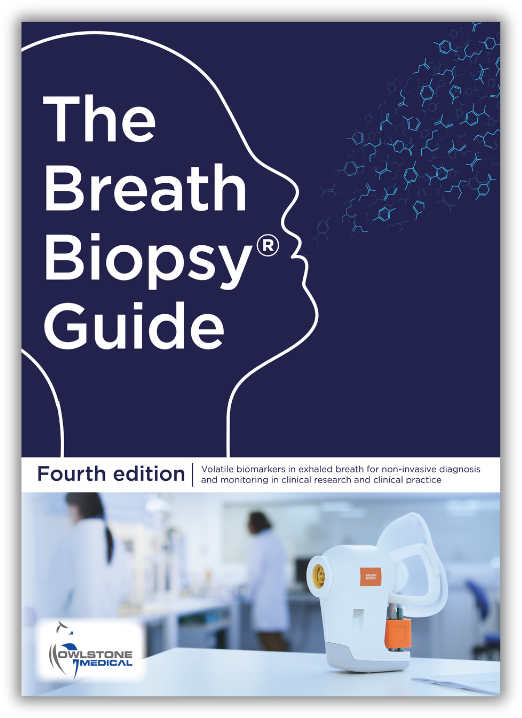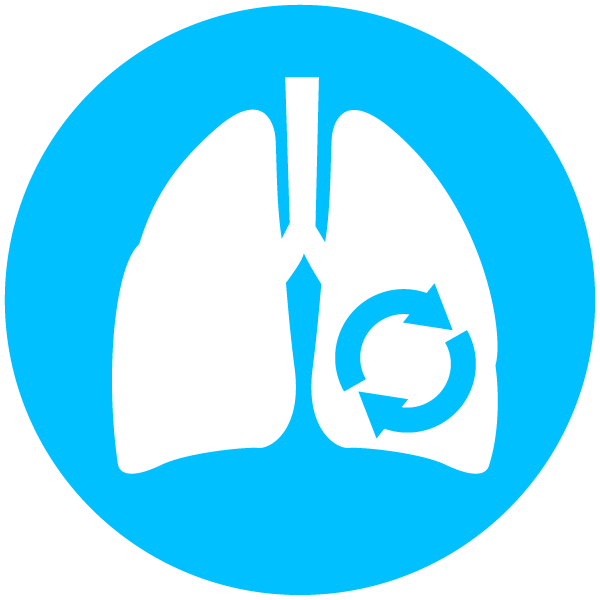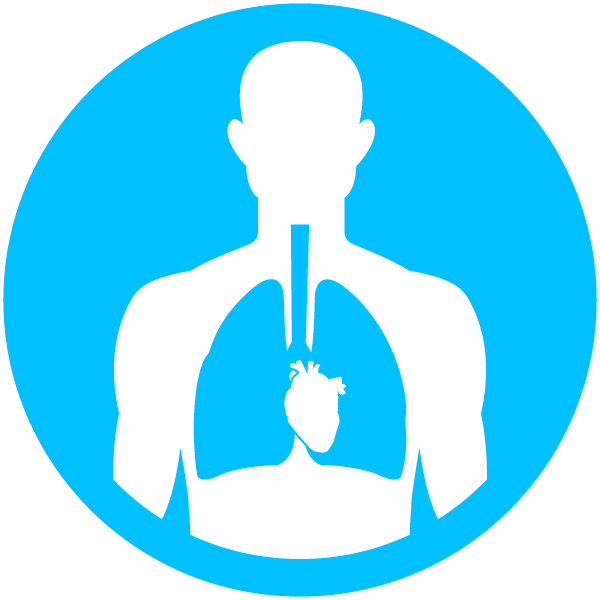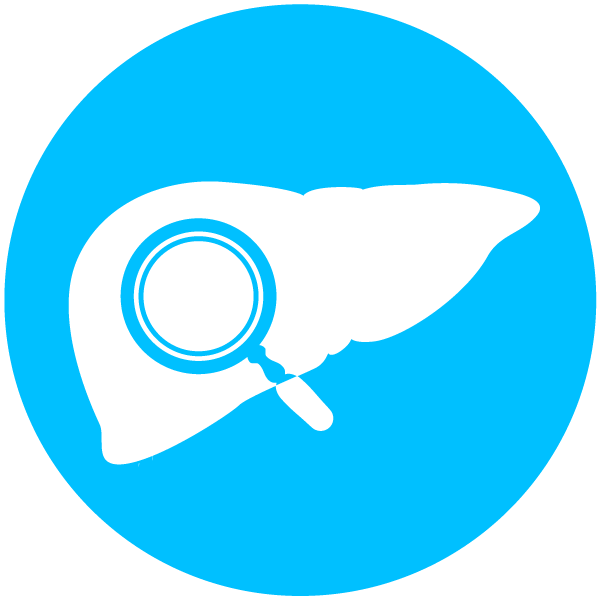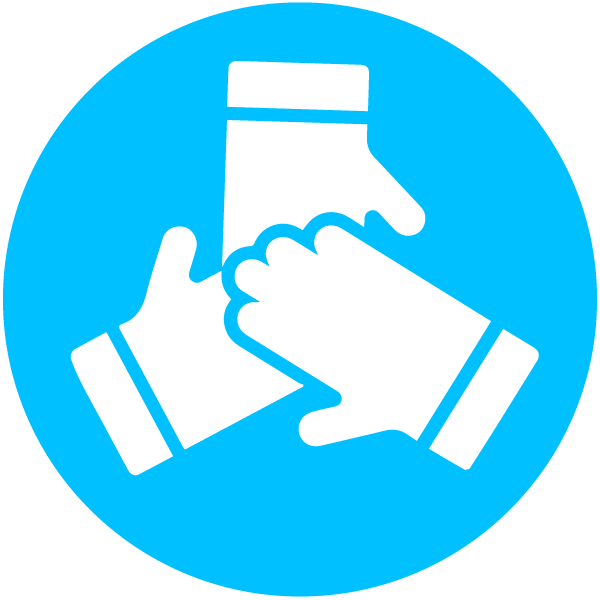7 Reasons to Collect Breath Samples
Published on: 6 Jul 2020
Exhaled breath contains over 1,000 volatile organic compounds (VOCs), as well as respiratory droplets that originate from the lungs and airways. VOCs are carbon-based compounds that are gaseous at room temperature due to their chemical properties (such as high vapor pressure, and low boiling point). There are a few exceptions to this definition, for example, although carbon dioxide has carbon and is gaseous at room temperature, it is not considered a VOC. An example of a VOC is the microbially-produced acetic acid, part of a volatile family of compounds known as the short-chain fatty acids.
Breath biomarkers reveal the current state of metabolic and disease processes, so can provide information on the body’s health as it changes over time – they have potential applications in early detection, screening, diagnosis, prognosis and precision medicine.
Other sampling methods that allow analysis of biomarkers, such as liquid and tissue biopsies, are well-established and widespread in current research and medical practices internationally.
Breath collection offers significant interrelated benefits compared to other biomarker sampling techniques:
1. Breath Collection is Non-invasive
Breath sampling is inherently non-invasive. Compared to other sampling methods, Breath Biopsy® is both pain- and risk-free. Administering breath collection requires no special facilities or training, making it compatible with a wide range of care contexts. Breath sampling also avoids the use of radio- or isotope-labelled tracer compounds that can restrict the licensing and application of other testing technologies.
All these features together mean that breath collection can easily and ethically be applied to large numbers of people. In particular, it can be applied for use with a wide range of high-risk groups such as pregnant women, young children or people with chronic lung damage, where other methods cannot be used. This is especially relevant when repeated sample collections are necessary.
2. Breath is Inexhaustible
In essence, exhaled breath is a waste product that the human body produces in large quantities constantly. Conventional biopsy techniques rely upon harvesting and testing more finite resources.
This is obviously true in the case of tissue samples but blood tests also rely on removing something from the body that can only be replaced over time, limiting the number of large samples that can be taken for a longitudinal test, for example, without risk to the patient. And even with more typical waste products such as urine, sweat or feces – there’s only so much to be collected.
In contrast breath collection has no such limits to sample size or sample frequency. There’s always more breath to sample.
3. Breath Samples Reflect Metabolic Activity
Existing biopsy techniques commonly aim to detect changes to genetics or proteins, which often only occur late in disease progression or develop slowly over time. Breath biomarkers, in contrast, are typically products of metabolism, which is often where the earliest effects of disease onset are felt. Metabolic biomarkers also offer high sensitivity as the effect of a change to a single gene or protein can be amplified in metabolism.
Many diseases can have significant metabolic impacts with relatively minimal effects on the genetic or protein complement of a cell. Traditional biopsy techniques can struggle to accurately diagnose these kinds of diseases. In contrast, metabolism reflects how the body’s biological systems are interacting with environmental factors at any given time and how this changes distinctly during illness. That means that analysis of breath biomarkers has utility as a sensitive means for detection and diagnosis with possible applications across a wide range of disease contexts.
Detect Cancer Earlier with Metabolic ActivityLiquid biopsies in cancer, have been widely celebrated in recent years as a less invasive solution to detect disease. These approaches typically diagnose disease by detecting circulating tumor DNA (ctDNA) from dying cancer cells. Comparatively, these tests lack sensitivity, particularly in the early stages of cancer when there are few genetic cancer biomarkers present and the number of cells dying and releasing DNA is low. As such, these tests don’t usually produce accurate results until large numbers of cells start dying. Breath biomarkers, with their basis in metabolism, offer opportunities to diagnose diseases earlier. Earlier detection unlocks both cheaper treatment pathways and better long-term patient prognosis. |
4. Breath Samples Allow Whole Body Monitoring
Each exhaled breath contains a rich spectrum of VOCs many of which reach the lungs via the bloodstream.
Every minute a typical person’s total blood volume circulates through their lungs, having passed through the rest of the body. The blood carries with it VOCs from sources throughout the body, which cross into air in the lungs and are exhaled. This ability to capture VOCs originating from throughout the body makes VOCs in breath applicable as biomarkers for a wide range of diseases, not just pulmonary conditions.
In principle, simultaneously collecting biomarkers from across the body allows breath sampling to be used to detect illnesses without any prior knowledge of what diseases are present, or where in the body they are active. While this might sound like searching for a needle in a haystack, technologies like the ReCIVA® Breath Sampler allow VOC biomarkers to be pre-concentrated during breath collection. This boosts the detection of low concentration (ppt) VOCs, enabling significantly higher sensitivity testing.
5. Breath Collection Provides a Representative Sample
Tissue biopsies are commonly used as a method to select an appropriate treatment path. The process of collecting the tissue sample necessary to achieve the correct outcome represents a significant burden for the patient and cost for the healthcare system. After all that, tissue biopsies can come back inconclusive or even fail altogether.
In cancer, for example, to successfully determine whether a tumor is malignant or benign the tumor in question must first be accurately located within the diseased organ and then a portion of it removed for testing. If the collected samples don’t contain a portion of the tumor then the effort to biopsy it will have been in vain. Removing a larger quantity of tissue would increase the efficacy of the biopsy but has consequences for organ function, patient health and recovery time – a delicate balance.
Once again breath represents a more efficient avenue of enquiry. The metabolism of tumor types can vary greatly and studies in ovarian cancer have already shown there is potential to avoid additional risk by detecting benign vs. malignant cases using breath biomarkers.
6. Breath Sampling is Accessible
Breath sampling, as opposed to other sampling methods, is uniquely appropriate for applications in the community – outside of normal medical contexts.
Providing a breath sample is an entirely non-medical process, which can be as simple as regular tidal breathing. Breath sampling technology is still developing but it has already demonstrated compatibility with home use in a way tissue and liquid biopsies never could. Anyone can do it and they require no special training.
Breath collections has obvious potential applications as part of both early detection screening programs and ongoing monitoring of diseases and treatments, including for chronic sufferers of common diseases such as asthma or fatty liver diseases. Given these qualities, it’s not hard to imagine a future in which breath collection has become an everyday reality.
7. Breath Sampling is Acceptable to People
Patient opinion and comfort is an important factor particularly for screening methods intended for use with large numbers of otherwise healthy subjects. Minimizing the pain, lifestyle impact and logistical challenges for subjects all helps to contribute to the success of a testing approach.
Patient recruitment and retention are key factors to the success of any clinical trial. Using a sampling method, like breath collection, that’s more acceptable to your patients, is one way to improve the likelihood of achieving high recruitment and fast and clear outcomes from any trial.
A publication by Holden et al. explored the acceptability of ReCIVA® for breath collection in patients experiencing shortness of breath, take a look at a summary of the findings.
Improved Patient Compliance Leads to Better Treatment PathwaysIn many countries one of the greatest barriers to effective screening for colorectal cancer (which causes the deaths of around 50,000 people a year in the US alone) is low patient compliance. Screening, usually by fecal sampling, is considered unpleasant, and globally the uptake is low. In the US there is 8% compliance, while it’s at just 1 and 2% in China and India respectively. Breath collection avoids many of the factors that put people off blood, fecal or other sampling approaches. Using it to screen for colorectal cancer, could save both thousands of lives and also millions of dollars in healthcare spending annually, as earlier diagnoses lead to treatment pathways that are both cheaper and more effective. |
To learn more about Breath Biopsy generally, and for a closer look at some of the science behind it, you can download Breath Biopsy®: The Complete Guide for free. Or, to start examining some of the ways that breath collection is already being used visit our Research Case Studies page.
DOWNLOAD THE GUIDE GO TO CASE STUDIES
Download the Breath Biopsy Guide to learn about breath biomarkers and their applications
